To delete satellite trails in your astrophotography: 1) Plan shooting times to avoid known satellite passes; 2) Use median stacking techniques with multiple exposures; 3) Apply Photoshop’s Clone Stamp or Healing Brush for stubborn trails; 4) Try free software like GIMP or DeepSkyStacker for automated removal; 5) Utilize Kappa-sigma clipping in advanced processing. These methods work for both occasional streaks and dense satellite constellations like Starlink. The right combination will transform your cosmic captures.
Understanding Satellite Trails in Your Astro Images
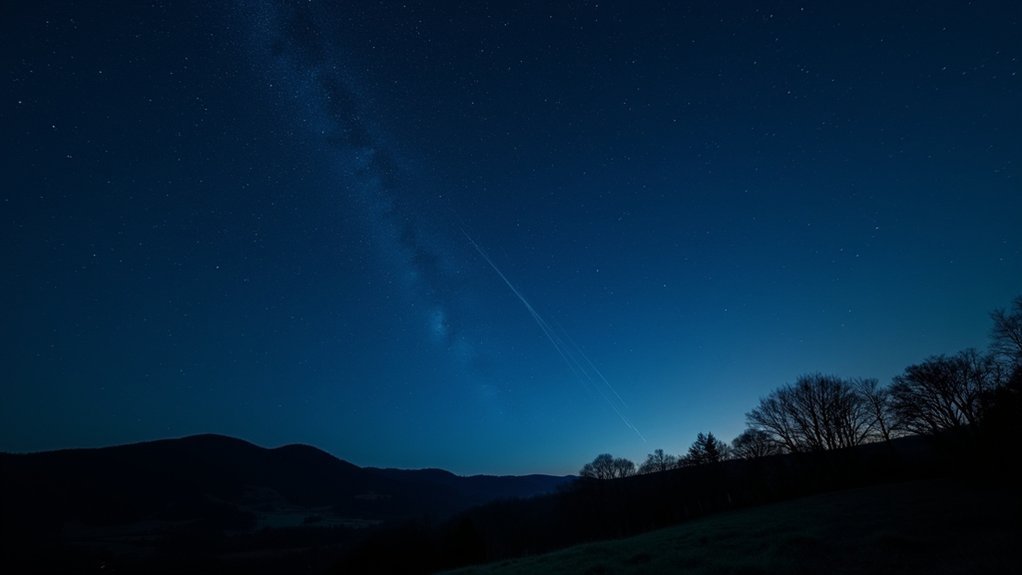
Frustration mounts when a perfect night of imaging is marred by bright streaks cutting across your carefully composed shot of the Andromeda Galaxy.
These satellite trails are becoming increasingly common as more objects like Starlink and other low Earth orbit satellites populate our skies.
You’re likely seeing these bright lines more frequently as thousands of new satellites launch each year.
Geostationary satellites also contribute to this growing problem, creating significant challenges for your deep space photography sessions.
What you’re witnessing isn’t random—these trails follow predictable paths.
With tools like Stellarium and satellite tracking apps, you can visualize these orbital paths before they ruin your image.
Learning to recognize satellite trails is your first step toward eliminating them from your astrophotography forever.
Planning Your Shoot Around Satellite Paths
Now that you can identify those unwanted streaks, you’ll want to avoid them completely.
Tracking apps and websites can help you monitor satellite passes and plan sessions during low-traffic periods in the night sky.
Stellarium is particularly useful for visualizing satellite paths, allowing you to adjust your shooting schedule accordingly.
Opt for new moon phases when fewer satellites are visible against the darker sky.
Choose locations away from urban light pollution with minimal overhead satellite traffic.
These remote areas naturally offer clearer viewing conditions and fewer artificial interferences.
Try different shooting angles and positions to potentially avoid the paths of satellites during exposure times.
Even slight adjustments to your camera’s direction can help you dodge those pesky satellite trails before they appear in your images.
Image Stacking Techniques for Trail Removal
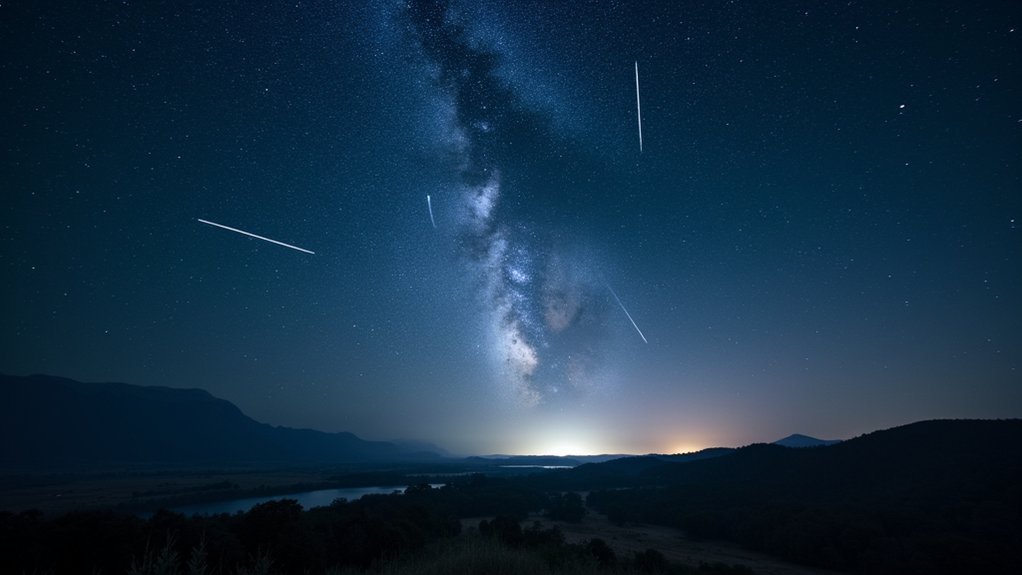
Three powerful stacking methods can transform your satellite-streaked photos into clean, professional astrophotography.
Median combine excels at removing satellite trails, effectively targeting these outliers while preserving your main subject’s details and integrity.
Median combine surgically removes satellite trails while protecting the astronomical details your image deserves.
While mean combine offers statistical advantages, it often compromises quality by averaging all pixels—including those affected by trails.
For ideal results, try kappa sigma clipping, which intelligently identifies and rejects outlier data points without degrading overall image quality.
Don’t settle for a one-size-fits-all approach. Experiment with different stacking methods in your processing software, adjusting settings based on your specific images and the types of trails you’ve encountered.
The right combination will effectively eliminate unwanted streaks while maintaining the celestial details you’ve worked so hard to capture.
Post-Processing Tools to Eliminate Remaining Streaks
Even after applying stacking techniques, persistent satellite trails may require direct intervention with specialized post-processing tools. Photoshop’s Clone Stamp tool excels at this task, allowing you to sample clean areas and paint over unwanted streaks with surrounding pixels.
| Tool | Best For |
|---|---|
| Photoshop Clone Stamp | Precise control to remove satellite trails |
| PixInsight Windsorized Sigma | Advanced stacking removal |
| Median Combine | Reducing trail visibility through averaging |
| Healing Brush | Blending edges after removal |
| Updated Software | Access to latest removal algorithms |
Don’t discard subs with minor trails that don’t obscure your main subject. Instead, leverage these powerful post-processing options to salvage your work. Keep your software updated to guarantee you’re using the most efficient tools available for satellite trail elimination.
Best Software Options for Budget Astrophotographers
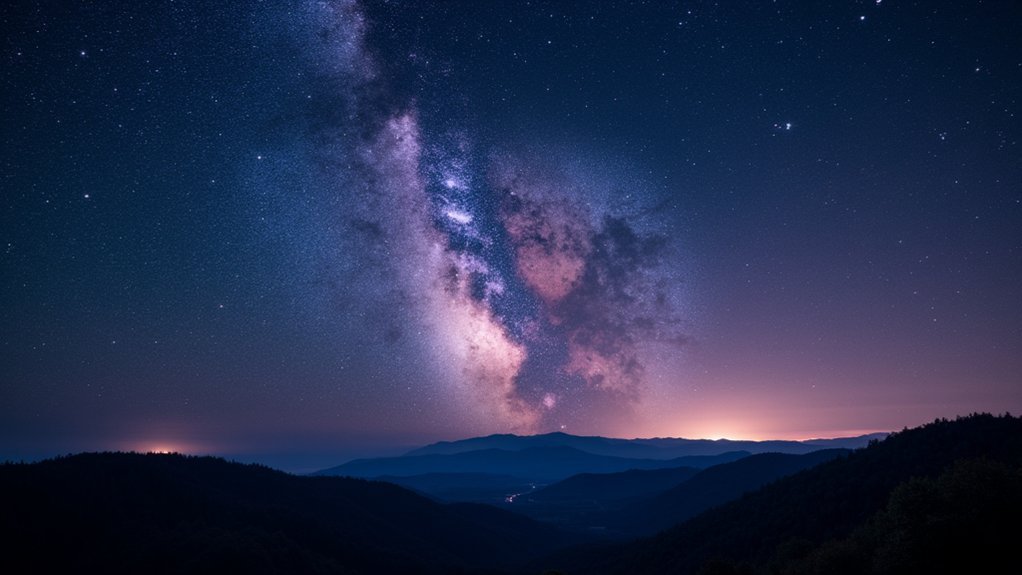
Budget constraints shouldn’t limit your ability to capture stunning night sky images free from satellite trails. Free options like GIMP and Darktable offer basic trail removal tools that get the job done without spending a dime.
DeepSkyStacker stands out as a powerful free solution, using median combine techniques to effectively minimize satellite trails during stacking.
For slightly more investment, Astrophotography Toolkit (APT) provides capture management alongside essential processing features to clean up your images.
If you’re willing to stretch your budget, PixInsight delivers professional-grade results with its Windsorized Sigma Clipping algorithm that excels at trail removal while enhancing overall image quality.
Even Nebulosity, despite fewer advanced options, offers standard deviation filtering that helps budget-conscious astrophotographers produce cleaner final images.
Frequently Asked Questions
Can Satellite Trails Actually Enhance Certain Astrophotography Compositions?
Yes, satellite trails can enhance your astrophotography compositions. They’ll add dynamic elements, create leading lines, or provide scale to night sky images when you intentionally incorporate them as artistic features.
How Do Atmospheric Conditions Affect Satellite Trail Visibility?
Atmospheric conditions greatly impact what you’ll see. You’ll notice satellite trails are more visible during clear nights, while clouds, haze, and light pollution can obscure them. Twilight creates better visibility than complete darkness.
Are There Legal Restrictions When Publishing Images With Satellite Trails?
You’re generally free to publish images with satellite trails. There aren’t specific legal restrictions, but if you’re publishing scientific or professional photos, you should disclose any digital modifications you’ve made to the image.
Can AI Predict Satellite Trail Positions for Future Shooting Sessions?
Yes, you can use AI to predict satellite trail positions for future shoots. Specialized apps and websites track satellite orbits, allowing you to plan your photography sessions around them or prepare for trail removal later.
Do Different Satellite Types Produce Visually Distinguishable Trails?
Yes, you’ll notice distinct differences between satellite trails. Bright Starlink trains appear as dotted lines, geostationary satellites create shorter streaks, while ISS trails are exceptionally bright and thick compared to typical communication satellite streaks.
In Summary
You’re now equipped to tackle satellite trails with confidence. By planning your shoots, mastering stacking techniques, and utilizing specialized post-processing tools, you’ll preserve the beauty of your night sky captures. Remember, it’s not about whether you’ll encounter satellite streaks—it’s about having the skills to remove them efficiently. With these five methods, you’ll enjoy pristine astro images every time.
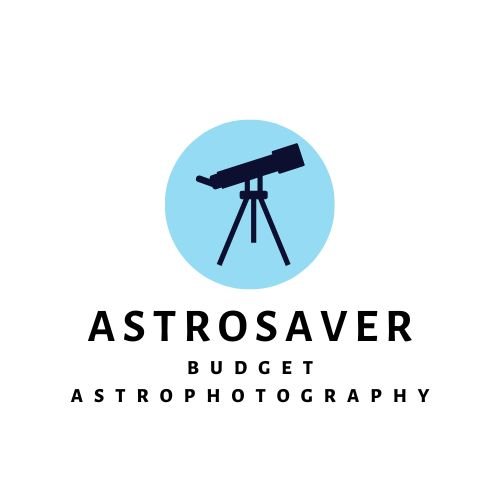
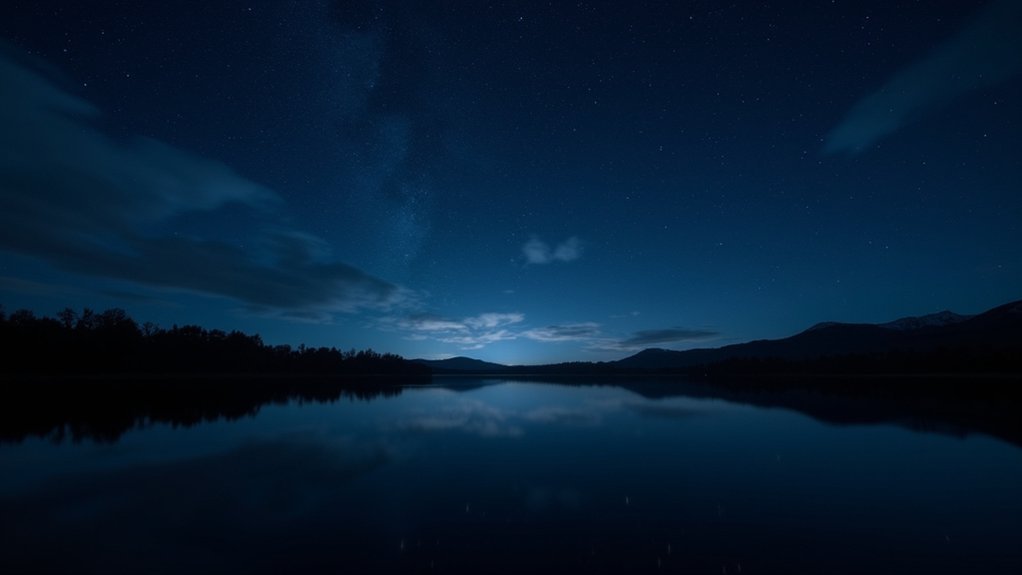
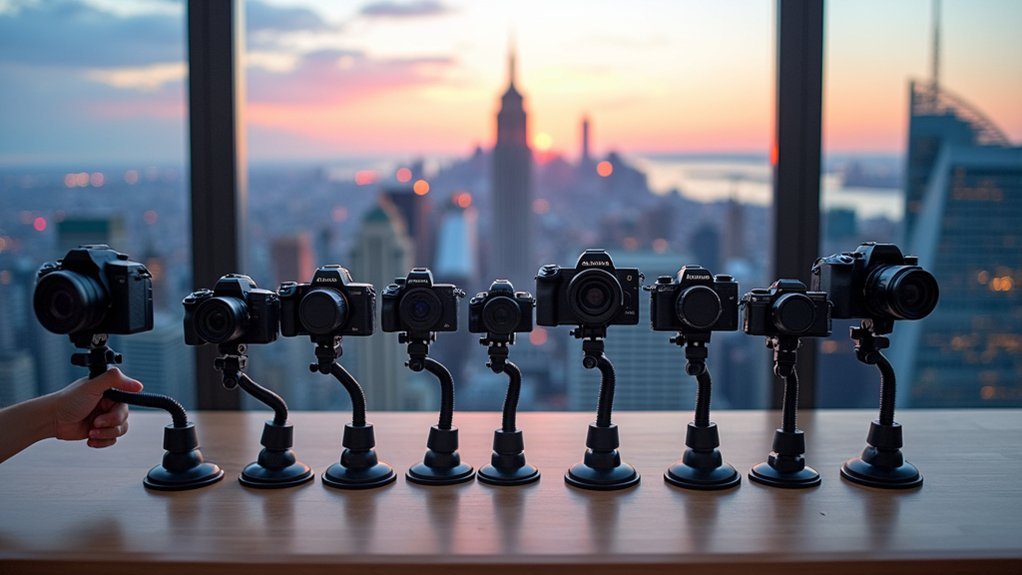
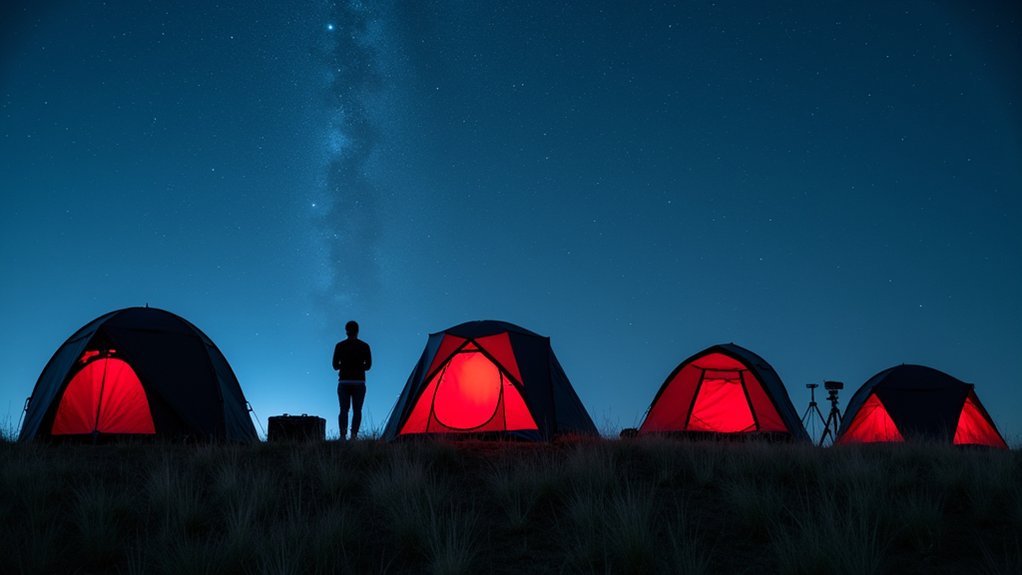
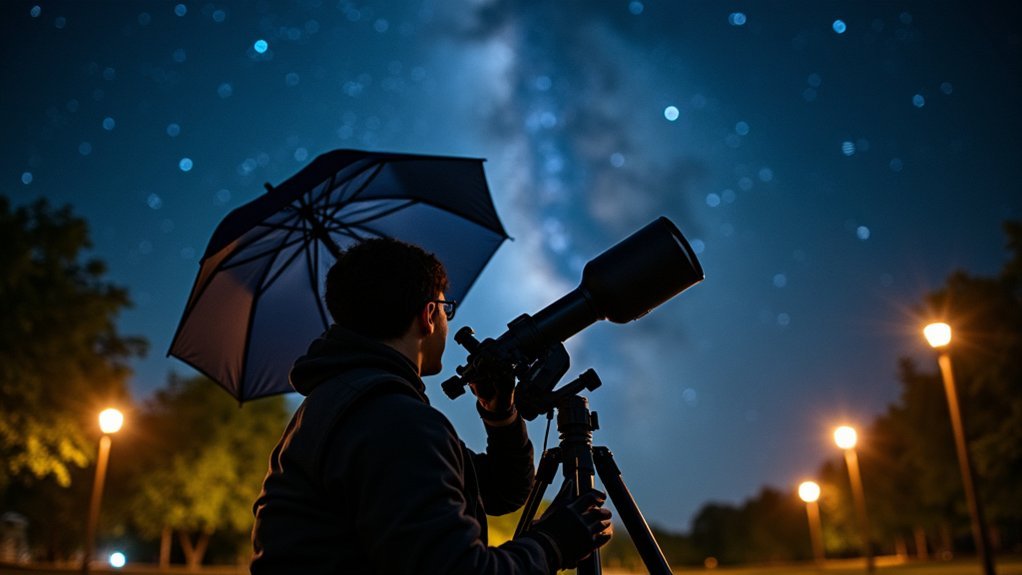
Leave a Reply